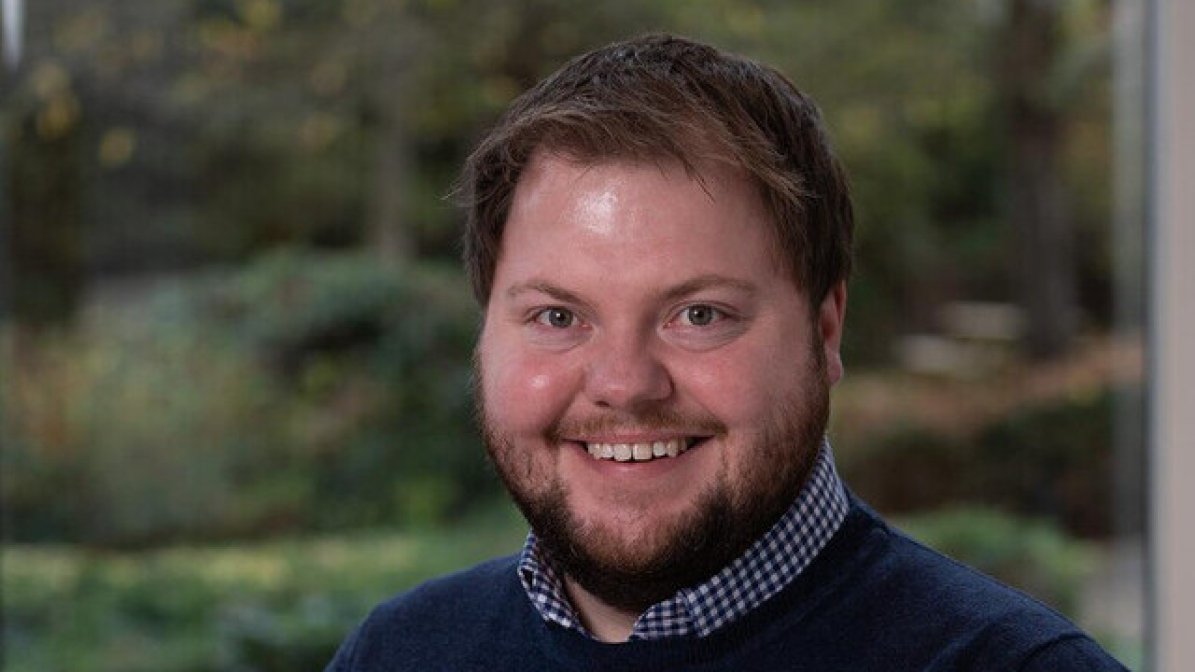How do we overcome these challenges?
The Journey to a Million will naturally see growth in students from all backgrounds. However, it is key that we ensure this growth in disadvantaged applicants does not lead to a growth in disappointed applicants or wasted talent, and instead positive progress is maintained (and even increased). As we saw with the pandemic, significant challenges presented to disadvantaged students can be mitigated through concerted and joined up efforts to counter this, and this is required again as we tackle the challenges presented by the Journey to a Million.
In this more competitive landscape, it is vital we present students with the full range of post-secondary routes. At UCAS, we’re seeing growing interest in apprenticeships — with nearly half of students that are interested in undergraduate study also interested in apprenticeship options.ix
We’re increasingly putting these opportunities side by side, broadening the horizon of students as they assess their options, bringing parity of experience, but also mitigating challenges around differing access to high quality information and advice. From 2023, students will be able to explore apprenticeship opportunities alongside undergraduate courses within the UCAS Hub, and from 2024, be able to apply for these opportunities via UCAS.
But with parity of experience, you need parity of opportunity. At present, less than 5,000 (5%) starts at Level 4 and above apprenticeships are for under 19-year-olds, with intense competition for these places.x One way of supporting widening access during this period of increased competition would be to relieve the pressure of demand for apprenticeship opportunities by reforming the levy to stimulate further opportunities, but coupling this with specific measures to support disadvantaged students as we also seek to provide parity of access. Could an Access and Participation Plan-like model for levy-paying employers work?
Similarly, there are undergraduate courses that are currently controlled — most notably medicine. Again, we could look to expand opportunities and places in these courses, but with specific accommodation for disadvantaged students.
There are also specific things that could be done in the admissions process. As we enter a new phase for widening access and participation across the UK, with the introduction of the Equality of Opportunity Risk Register, and a new Commissioner for Widening Access, it is vital these supporting initiatives are cognisant of the shifting market dynamics, and measures within Access and Participation Plans and Outcome Agreements are in place to specifically tackle the increase in competition. One thing I am personally in favour of is access thresholds — visibly lower entry requirements for disadvantaged students — to highlight to these groups that their context, and impact on attainment, is recognised. In Scotland, this has had a positive impact on the number of care-experienced individuals progressing to higher education, and UCAS and Universities UK are keen to explore a UK wide application.xi
UCAS recognises its role in maintaining positive progress in widening access as we approach the Journey to a Million. Following national consultation with direct feedback from over 100 stakeholders, our Fair Access Programme is transforming how we support disadvantaged students by designing and delivering new initiatives, whether that be personalised journeys for individual cohorts, to introducing new widening participation questions, to using data science to enhance our understanding of a student’s background. As the number of applicants increase, so will our understanding of this cohort.
In this more competitive landscape, effective outreach will be key. Our national consultation told us this is an incredibly valuable, but busy, landscape, with those more resourced schools and colleges better placed to navigate. UCAS is transforming this — in March we launched our Outreach Connection Service pilot ahead of a full release later in the year. This service will bring greater transparency to outreach opportunities, providing a central source for them and allowing students and teachers to connect to these. Furthermore, it’ll provide brand new insight into what works in widening access — meaning practitioners will have even more insight come 2030.
The Journey to a Million represents one of a long line of events that have presented challenges to widening access and participation, and through concerted effort and innovation these have been overcome. As a sector we ensured a global pandemic did not undo years of effort in equalising access, and I am confident that Journey to a Million gives us a million reasons to do that once again.
iUCAS (2022), Undergraduate End of Cycle Data Resources 2022.
iiIbid.
iiiIbid.
ivIbid.
vUCAS (2019), End of Cycle Report 2019.
viUCAS (2022), Undergraduate End of Cycle Data Resources 2022.
viiUCAS (2021), What Influences the Choices School Leavers Make?
viiiSutton Trust, Our priorities: apprenticeships. Accessed February 7th, 2023.
ixUCAS (2021), Where next? Improving the journey to becoming an apprentice.
xDepartment for Education (January 2023), Apprenticeships and traineeships statistics 2022/23.
xiUCAS (2022), Next Steps: What is the experience of students from a care background in education?


